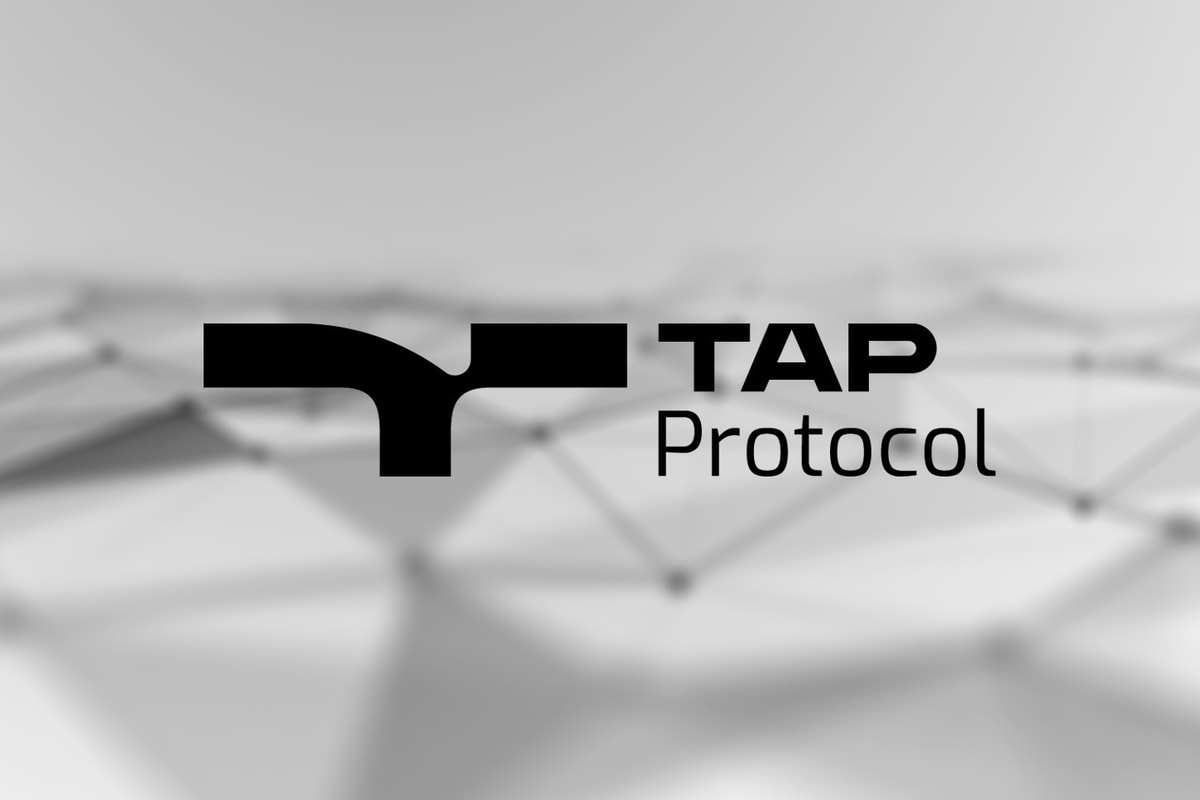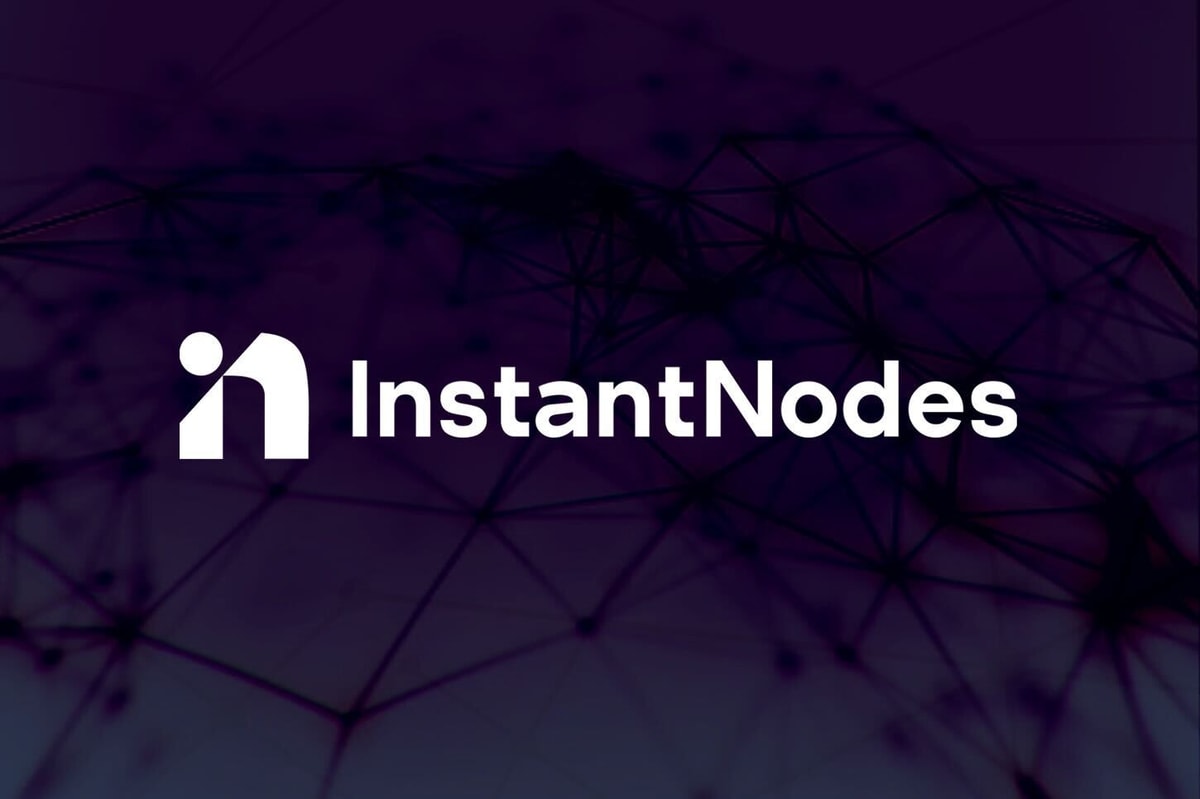There is an undeniable crypto trend emerging that is seeing exponential growth on all fronts and is rapidly finding its way into the mainstream. One aspect of the crypto space that is set to see astonishing growth is the crypto options market
In 2020, we’ve experienced massive streams of liquidity entering the crypto market. From $100 million in trading volume to the unimaginable spike to about $2 billion. With a simple view of the market, it is evident DeFi options trading can go from “infancy to adulthood” at an accelerated pace.
Asteria has the potential to be a DeFi unicorn and a market cornering options protocol. Its proprietary technology and early jump to service a huge untapped market give Asteria a great advantage as the leading decentralized options protocol. It is clear that Asteria is positioning itself to be a leader and pioneer in bringing decentralized options market solutions.
Hedging is crucial for any options market maker
When talking about limited/capped loss of options, it only refers to the buyer side, but for the seller, it could mean maximum loss of their collaterals. Hedging is a must for any market maker to protect capital.
Delta Neutral Hedging: The most well-known and fundamental theory about options is the Black-Scholes-Merton model, based on which market makers can dynamically replicate the risk of an option by hedging their delta exposure to the price movements of the underlying market.
Asteria implements a comprehensive risk management system for option market makers that bring a professional standard to the uprising option market:
- Delta Risk Control: Through Delta Neutral Strategy, hedging the directional risk exposure of net position.
- Liquidity Risk Control: Dynamic quotation of quantity based on shared pool liquidity to prevent liquidity exhaustion and ensure the stability of market-making capital.
- Gamma Risk Control: Option structures and parameters diversification to lower the net position ratio and hedging cost.
- Vega Risk Control: Adjust hedging frequency according to the dynamic estimation of underlying assets volatility.
- Credit Risk Control: Margin call adoption of exotic options such as Snowball Option and Phoenix Option.
Asteria delivers strategies for managing risks to ensure the safety of the shared capital pool of all liquidity providers and applies a hedging mechanism, which is essential to an options market maker/seller.
Pricing is crucial for any option market maker
Pricing option contracts requires an understanding of the BSM model (regarded as one of the best ways of determining the fair price of options), which includes stochastic theory and different pricing methods, such as the Cox-Ross-Rubinstein formula and Monte Carlo method.
Asteria implements different pricing models centered by the BSM framework for various types of options. Only with a solid and fair pricing system, one protocol can be legit to perform hedging and attract more buyers into the platform for trading options.
Another key input of pricing would be the underlying pricing feed and implied volatility calculations.
Other decentralized option protocols use third-party data providers, such as Chainlink and skew.com. The nature of third-party and centralized websites cannot fundamentally prevent pricing manipulation in traditional legacy systems and requires trust in the individuals running said systems. However, in decentralized finance, bringing a censorship-resistant, open and trustless application is a much more comprehensive solution to the hardships of sustaining a fair and healthy system, which provides and creates value consistently over time with no need for human intermediaries.
For the goal of protecting the average option traders, Asteria has strategically partnered with API3, a rising star in oracle services with first-party provider and DAO mechanisms, which could largely prevent malicious price feeding and market manipulation.
The return rate is crucial for any liquidity pool
The return rate and APY would be the key metric for any model utilizing a collective liquidity pool. Given the current trading volume and without a solid income model, decentralized option platforms will not maintain the TVL once the early batch mining period ends.
Asteria applies two levels of dynamic aggregators in its infrastructure: One is on the top of lending protocols where it invests part of the capital using algorithms into Compound and various other platforms to receive the interest rate and yield farming incomes. The other one is aggregated trading using a hedging engine, which would dynamically adjust positions on the spot, perpetual swaps and options markets.
With aggregators deployed, the platform dramatically enhances capital efficiency and boosts the return rate, creating a sustainable model for long-term growth.
Layer two is crucial for any options trading platform
The rise DeFi’s popularity has led to elevated gas fees, which have become the Achilles’ heel for DeFi projects, creating a roadblock for options market expansion.
Asteria has strategically partnered with state-of-the-art layer-two pioneer Metis Protocol to integrated with optimistic rollups solution in v2, which would greatly expand the scalability of the system, reduce the time and cost of options transactions, and build a high-frequency trading foundation for the inevitable outbreak of the options market.
Conclusion
Asteria is definitely one of the more interesting and unique projects to watch, with the decentralized options market set to reach uncalculable heights as more liquidity, participants and contributors enter the space daily. The superior technology may very well be Asteria’s ultimate solution for decentralized options markets.











